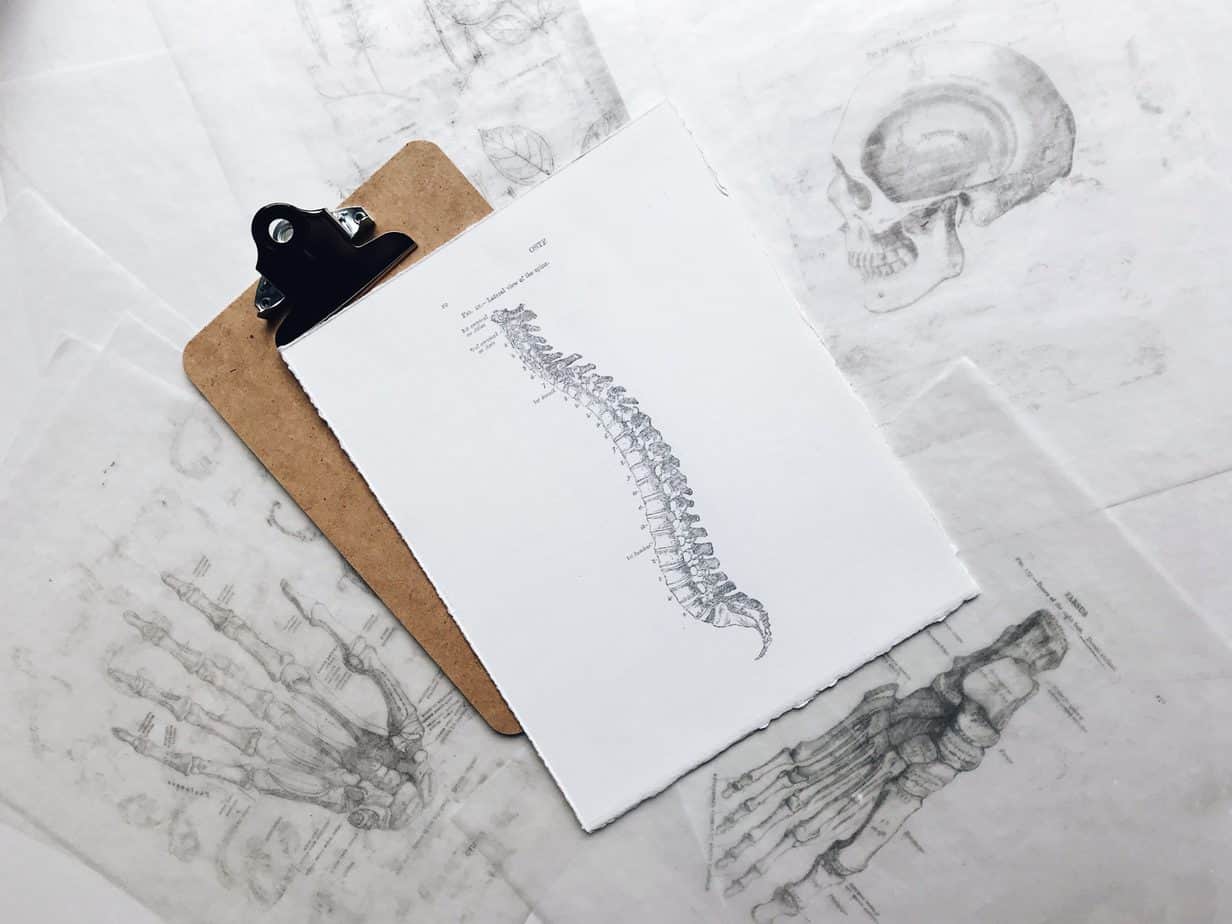Breathing, it’s the new Chill Pill

How often have you heard the phrase just take a deep breath, when you’re anxious, scared, or stressed out?
Do you know why you’re doing it?
Did it help?
Do you know how?
The Science Behind Breathing
In moments of stress and angst our breathing patterns change. Our breaths become small and shallow, which decreases the amount of oxygen we get in, and keeps the CO2 trapped in our body. The build up of CO2, further drives our body to stay in a state of stress, keeps our sympathetic nervous system active, where we feel restless (MacKinnon, 2017). This chemical reaction also keeps our mind in a state of stress as the part of our brain that controls this stays active.
In order to change from a state of stress, taking in oxygen becomes the first step. Deep breathing intentionally forces the lungs to expand and allows a larger volume of oxygen into our bodies. This chemical change in our body signals our brain that it is okay to relax (Zaccaro, 2018). The structures that provide us with sensations like comfort, happiness and relaxation become more active, which ultimately makes our bodies feel that as well. As a result, we release the tension we are holding on to.
How do you take a deep breath?
The best way to take a deep breath is to practice diaphragmatic breathing, a.k.a belly breathing. As we take a deep breath in, the diaphragm has to lower to force air into our lungs, which means our stomach should come out a bit, and our ribs should expand sideways as well. Often it helps to lay on your back with your legs up, put one hand on your belly and one hand on your chest and make sure that only your belly is moving throughout the process.

Breathing, Pain, and Physical Therapy
As mentioned, a big part of why deep breathing makes you feel better is because it sets off a chemical reaction that proceeds to change how your body and mind are reacting. This holds true in a circumstance where an individual is experiencing pain, where that be of the lower back, or even in the pelvic floor. If your body is in a constant state of stress, the chemical and physical states of your body can elicit pain through holding tension in your body, or make an existing state of pain worse. If this sounds familiar, a visit with a physical therapist may be a good idea.
We Can Help!
Body Harmony Physical Therapy offers one on one physical therapy, both for pelvic floor and orthopedic concerns. Our treatments are for up to one hour in a private treatment room. We offer a quick call back option for potential patients who have questions or concerns related to physical therapy.
References
- MacKinnon, D. F., Craighead, B., & Hoehn-Saric, R. (2007). Carbon dioxide provocation of anxiety and respiratory response in bipolar disorder. Journal of affective disorders, 99(1-3), 45–49. https://doi.org/10.1016/j.jad.2006.08.029
- Zaccaro, A., Piarulli, A., Laurino, M., Garbella, E., Menicucci, D., Neri, B., & Gemignani, A. (2018). How Breath-Control Can Change Your Life: A Systematic Review on Psycho-Physiological Correlates of Slow Breathing. Frontiers in human neuroscience, 12, 353. https://doi.org/10.3389/fnhum.2018.00353







